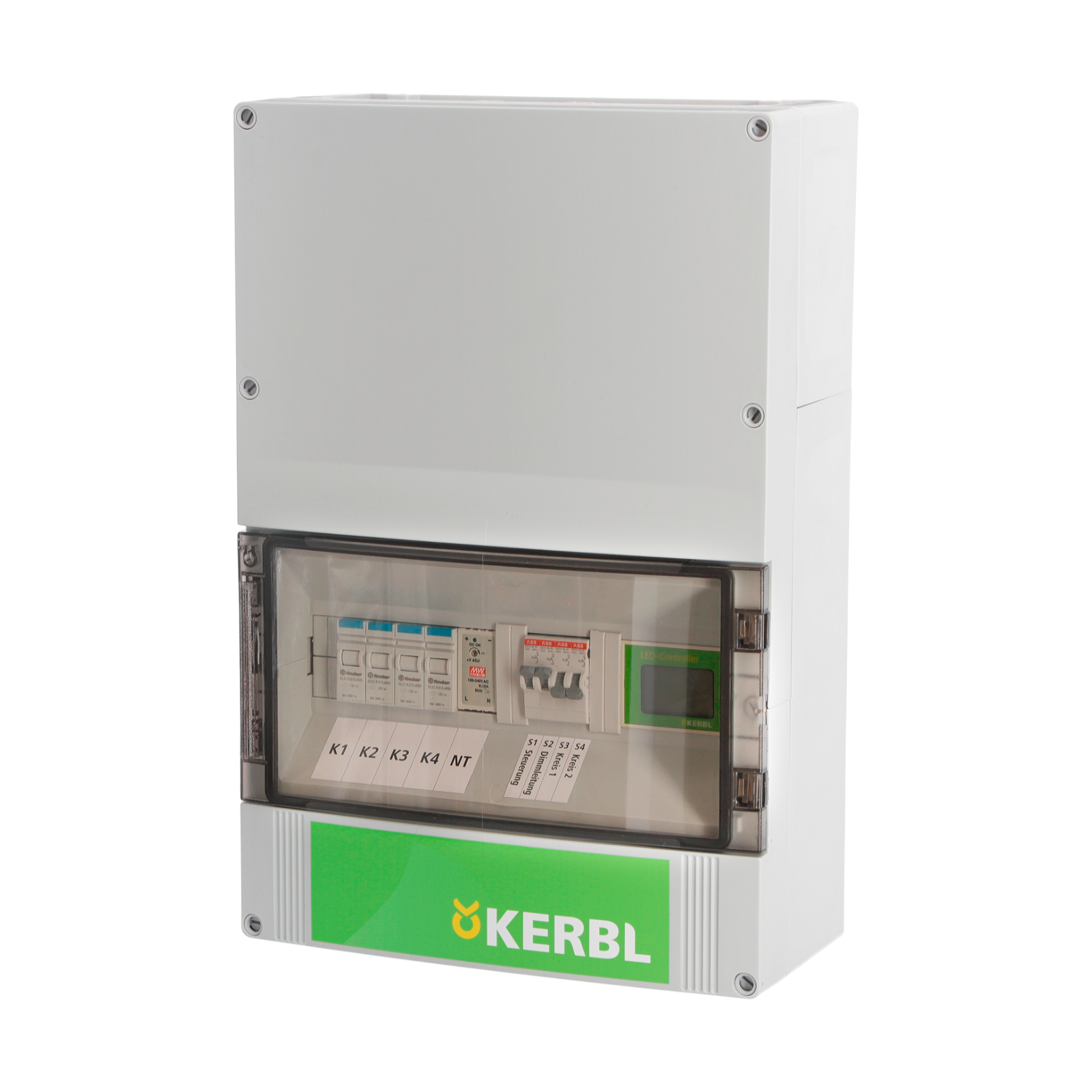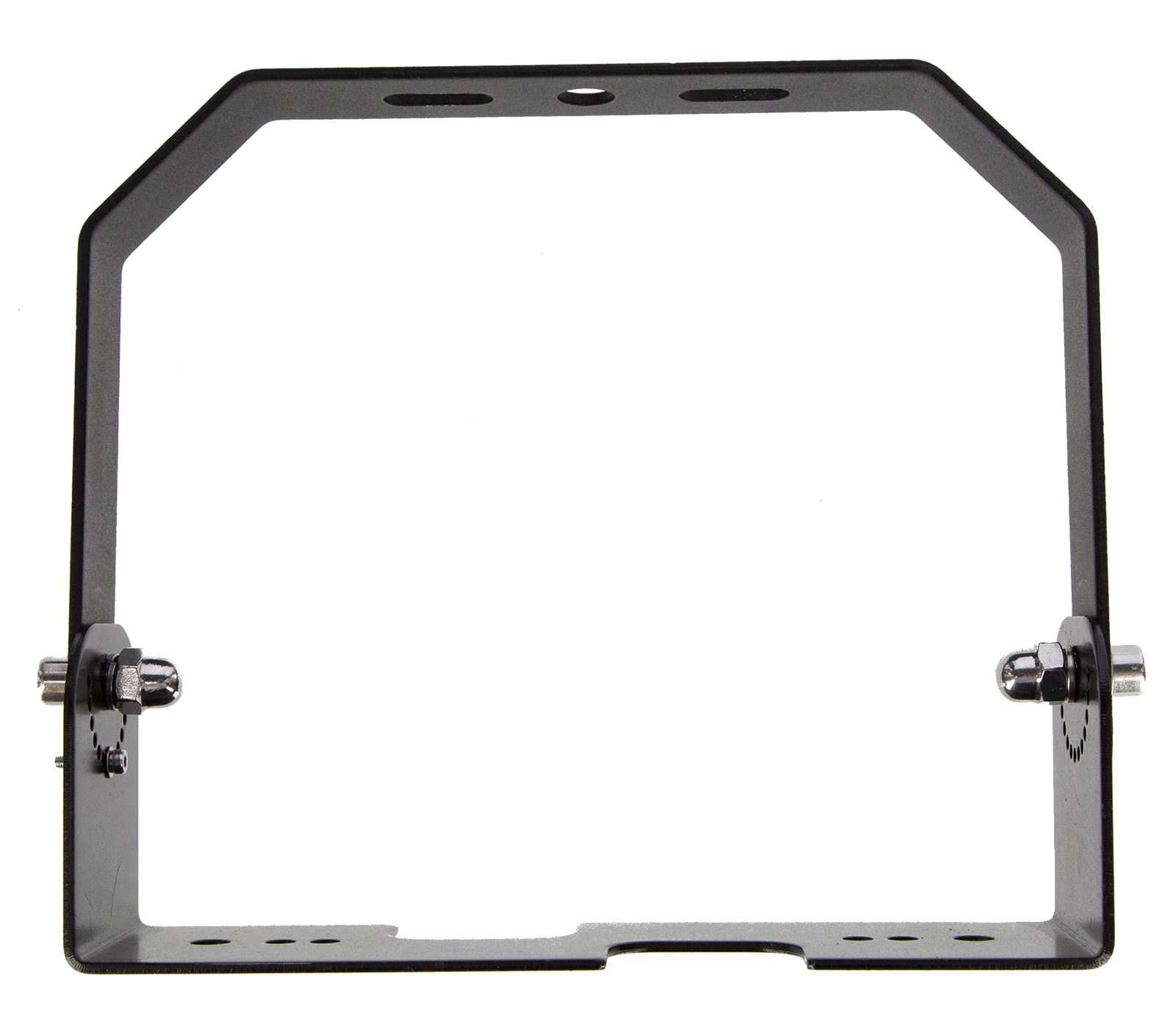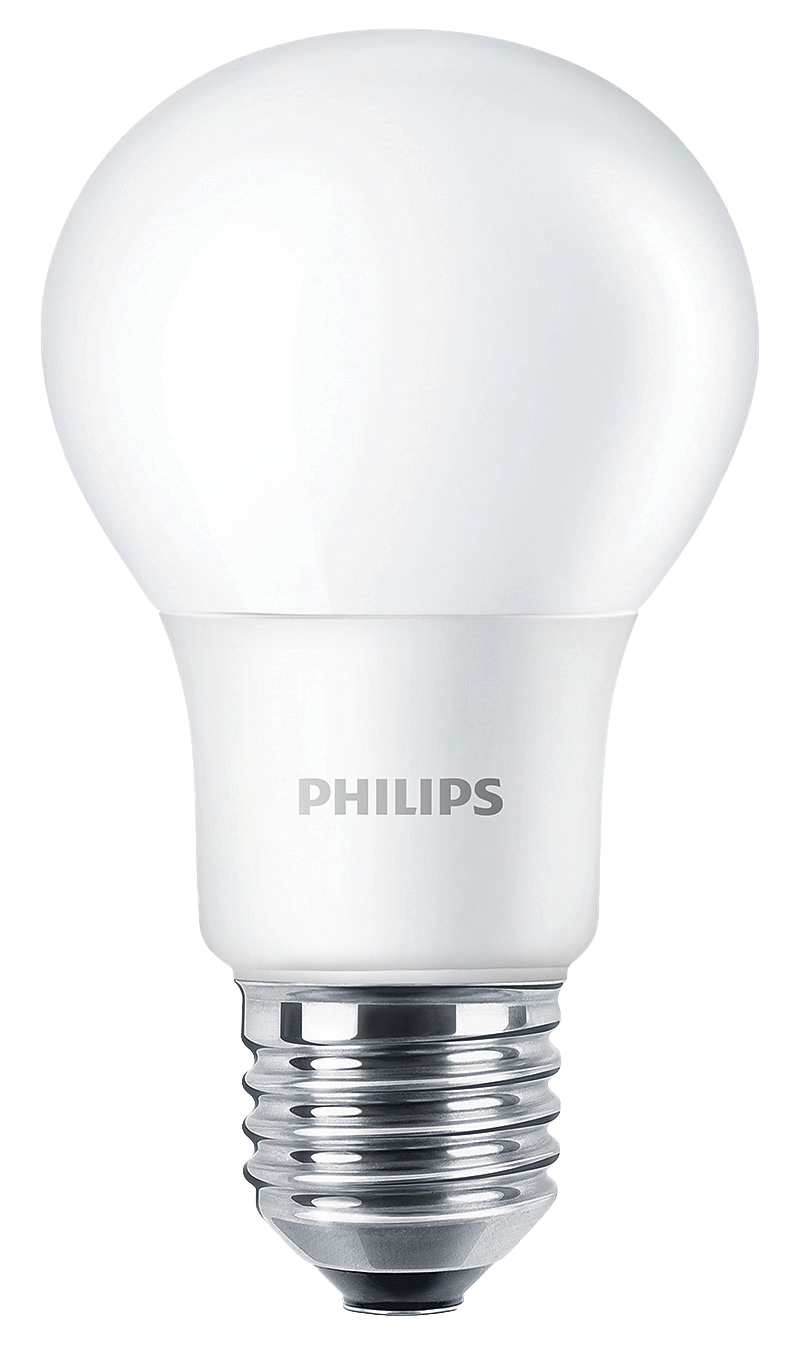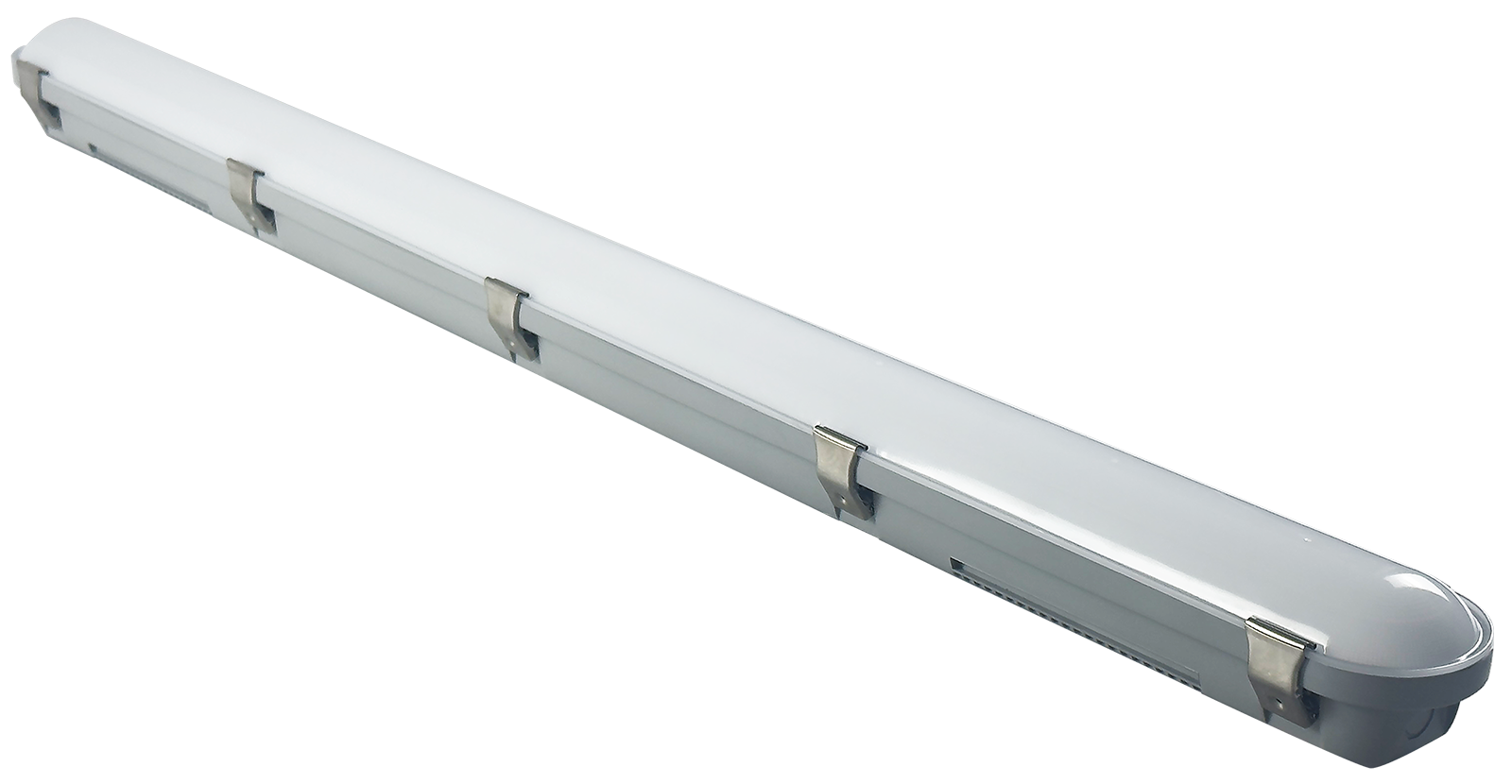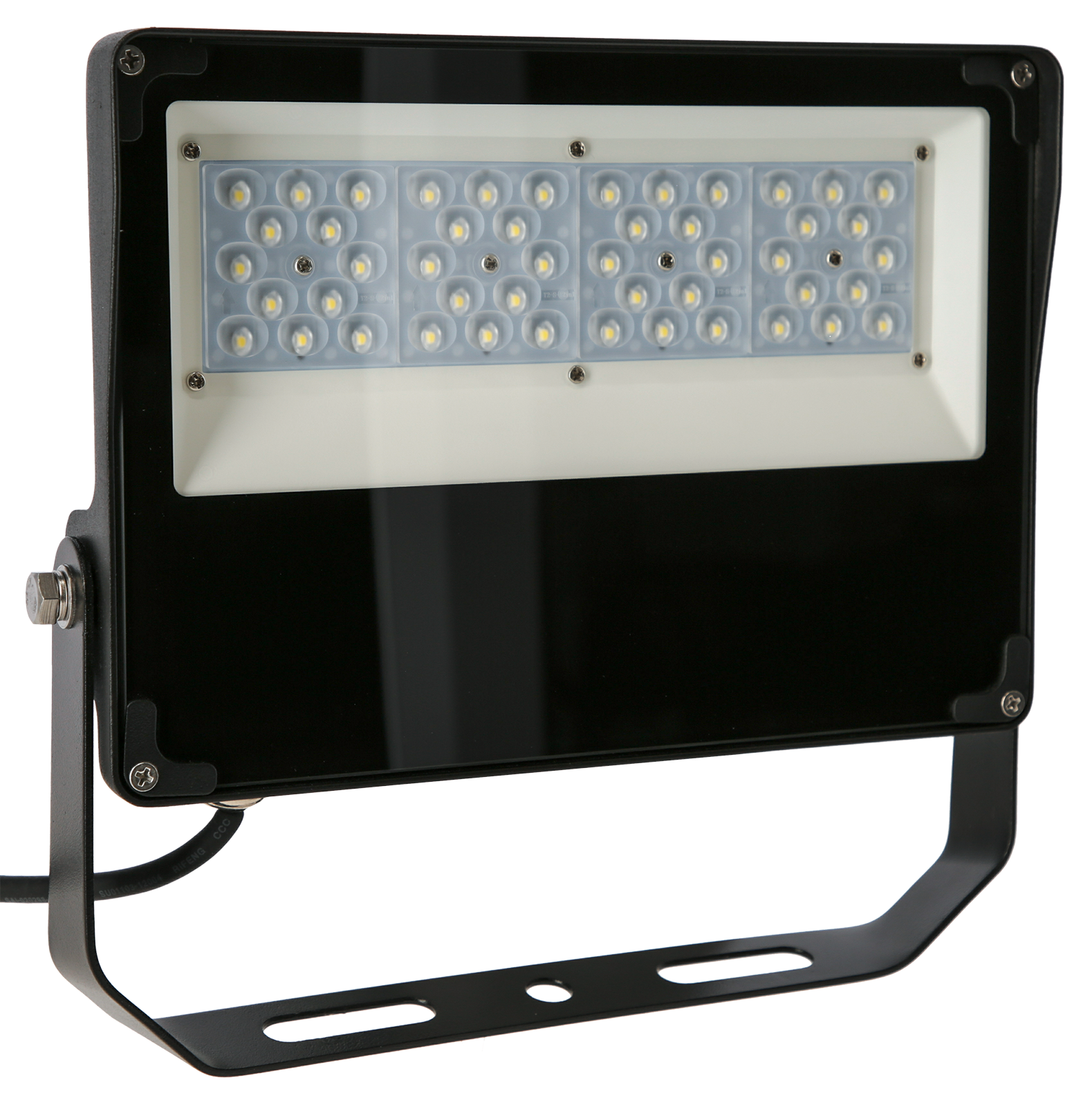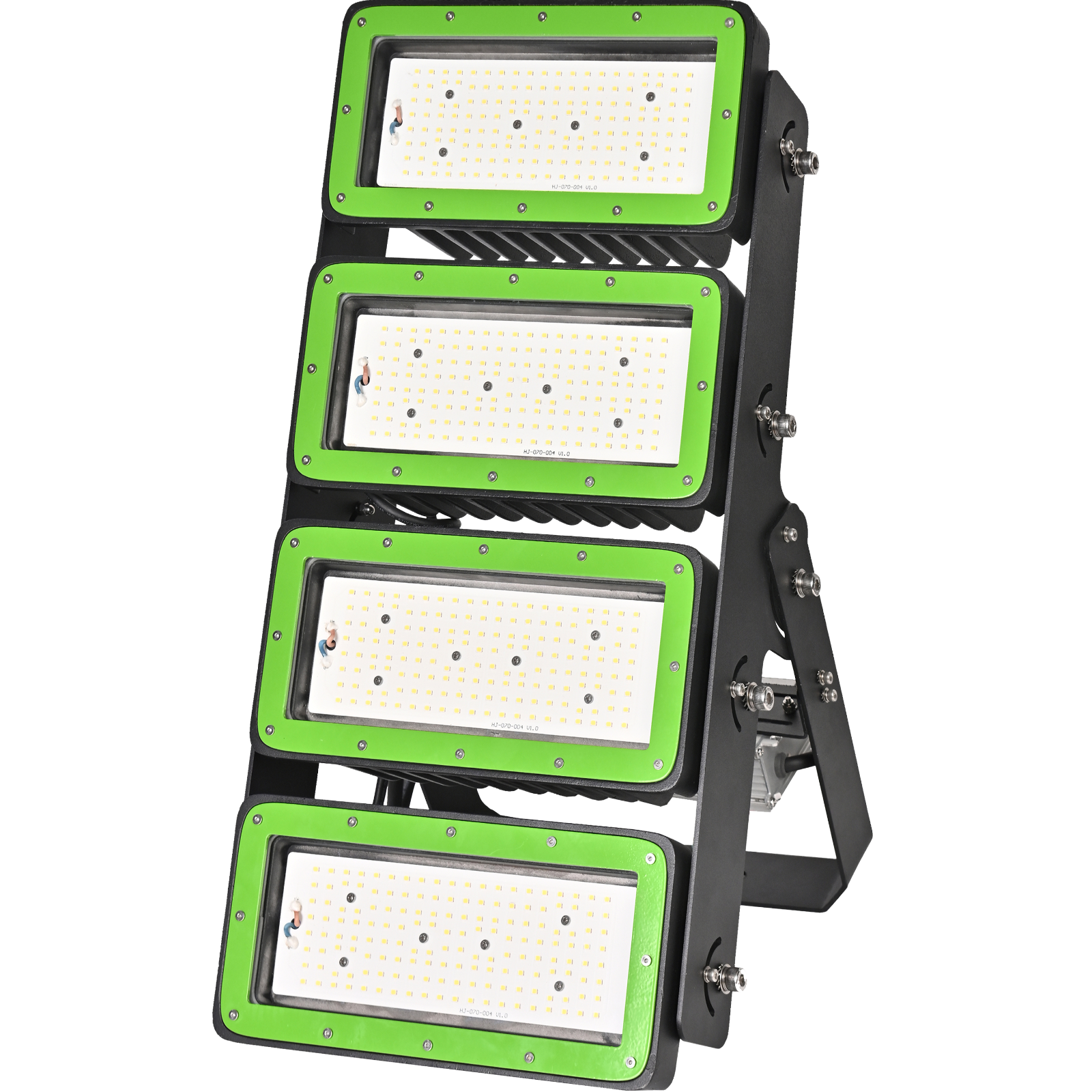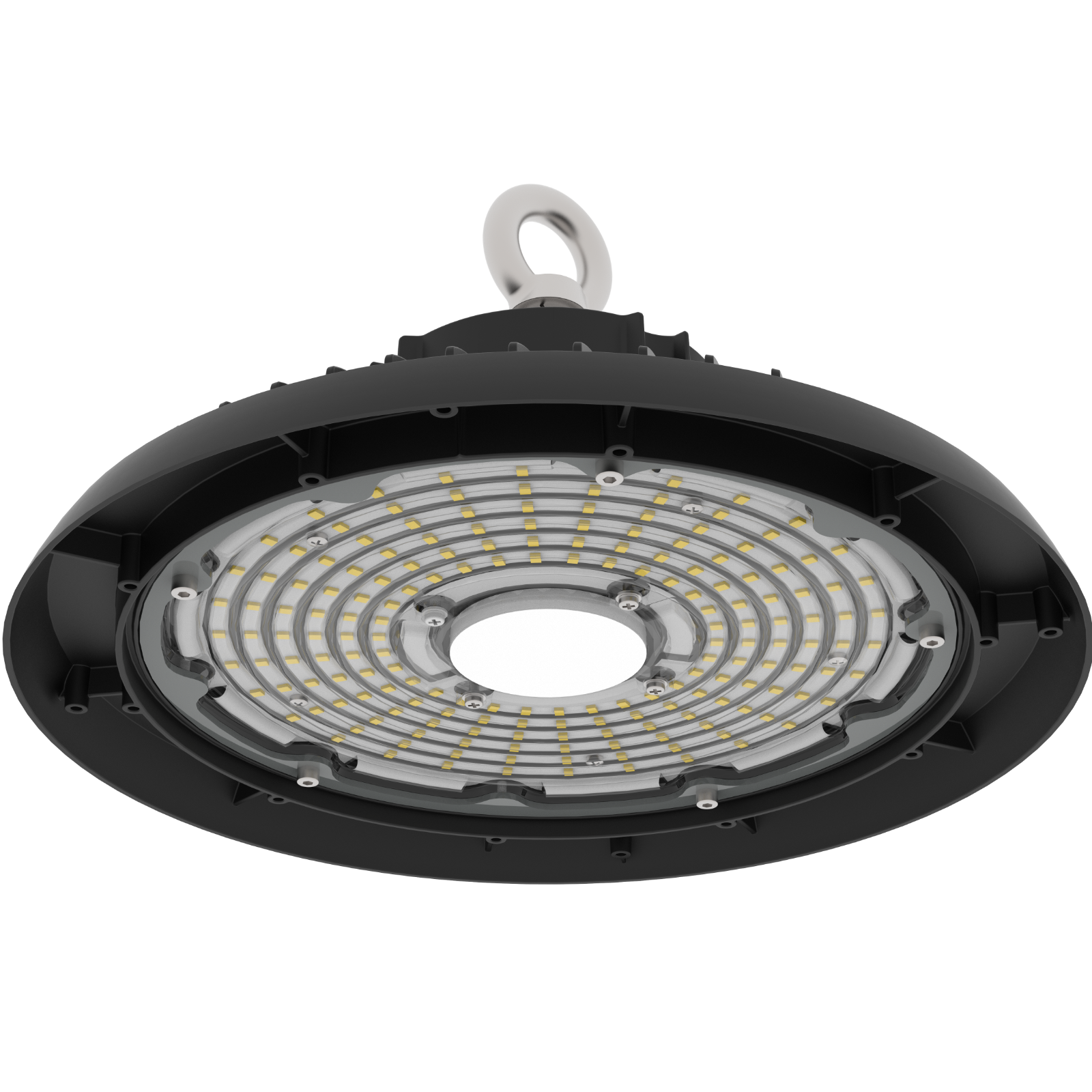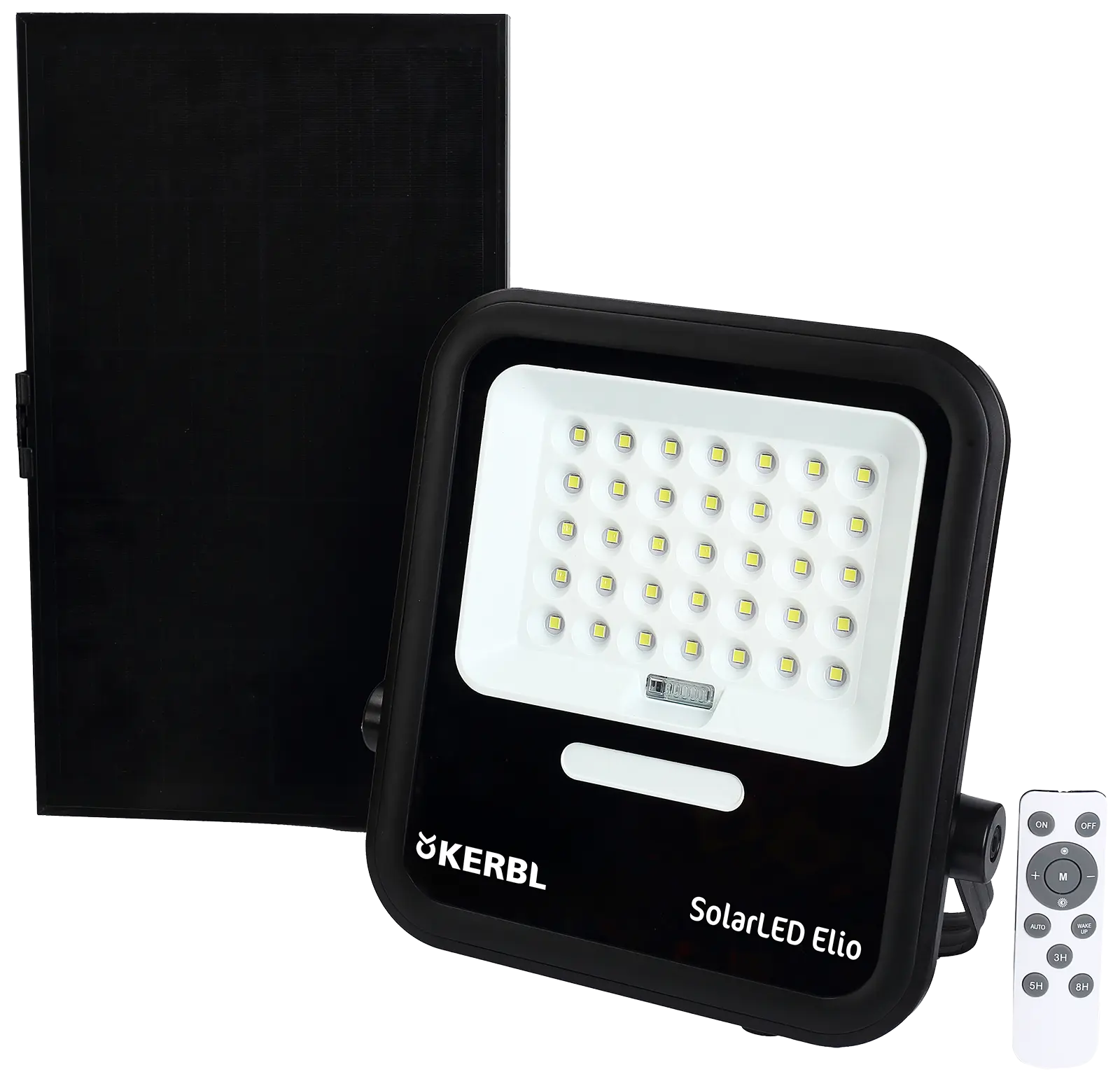02/01/2024
Light on in the stable
Source: www.landwirt.com
The stable climate depends largely on the factors of air, temperature, humidity, gases, and air movement. Another important factor that is often underestimated is light.
Appropriate light intensity significantly improves fertility, daily weight gain, and overall performance in cattle farming. The goal isn't to squeeze every last tenth of a percent of light out. Rather, the focus is on meeting the natural rhythms of pasture farming, including the seasonal and daily cycles, the spectral composition of the light, and the light intensity inside the barn. For livestock farmers, it's primarily about identifying the potential within their barn and improving the situation for the animals, starting with the least amount of effort. By comparison, we measure more than 20,000 lux on a cloudless day on the pasture. According to the Federal Animal Welfare Act, 40 lux is required inside the barn. This is often barely achieved.
Record lighting conditions
The advantage of light is that it can be measured without great effort. Lux meters are now available inexpensively in any electronics store.
To assess the conditions in your own stable, there are a few things to consider:
- Find at least three measuring points in the activity area of the animals
- Mass at the level of eyesight
- Measure once horizontally at a 90° angle upwards and once in the direction of a natural light source
- Calculate the average of all values
- If the required 40 lux is not achieved, artificial light must be retrofitted (timer)!
Vision is limited
Compared to humans, cattle have a pronounced field of vision, with a panoramic view of 330°. However, their eyesight is severely limited. Their ability to switch from near to far is also limited; their visual acuity is only one-twelfth to one-twenty-second that of humans! The animals compensate for this disadvantage with what is known as contour vision. Cattle have difficulty recognizing boundaries, particularly in shadows or inside stables. It is all the more surprising, therefore, that cattle perceive movements within their field of vision and horizontally better than we humans. It is a misconception that cattle only see black and white. Science instead assumes that cattle see blue, green, and yellow very well, but red is perceived only poorly or not at all. To control biological rhythms, light and its associated information are transmitted from the eye to the brain and thus to the internal clock. The fact that light is also absorbed through the surface of the skin is relatively unknown, but it is a fact.
More light increases well-being
Regulatory mechanisms such as growth hormone and sex hormone release are influenced by the intensity and duration of lighting. This proves that light of appropriate quality and duration has a positive influence on the development and well-being of our farm animals. Results show an increased growth rate and earlier sexual maturity in heifers kept under so-called long-day conditions with a 16-hour daylight period. Compared to heifers kept under short-day conditions, there was increased growth of parenchymal tissue in the udder, resulting in increased milk yield in the following lactation. Several studies show increased milk yield under conditions with more than 200 lux. It is important to note that the intensity of lighting during the night must be limited to a maximum of 10 lux. Equally important is the fact that dry cows should be switched to a short day with eight hours of lighting – this is also important considering the important aspect that increased renewal of udder tissue and cells can be observed after the short-day period. All common systems can be found in domestic stables. Fluorescent lamps and neon tubes predominated for decades. In the last 15 years, metal halide lamps, metal sodium halide lamps, and metal halide lamps have become increasingly popular. Their technology requires a certain building height to utilize their spectrum and output effectively. Depending on the manufacturer, they have a high luminous efficacy of up to 130 lumens/watt. Their lifespan is approximately 16,000 hours, which, based on a long day of 16 hours, translates to a lifespan of only 1,000 days. LED technology is rapidly gaining ground. The light emitted by the diode is concentrated by a plastic body above it. While the lifespan of 25,000 hours, and depending on the product up to over 50,000 hours, is considered clearly superior, ultimately the cost-effectiveness is also determined by the purchase price. The costs of LED technology have fallen significantly due to the volume produced and the abundance of suppliers. However, not every technology is suitable for a stable building. Under no circumstances should uncooled LED tubes be used as a replacement for fluorescent tubes!
You can find all products on this topic here: Animal husbandry!

